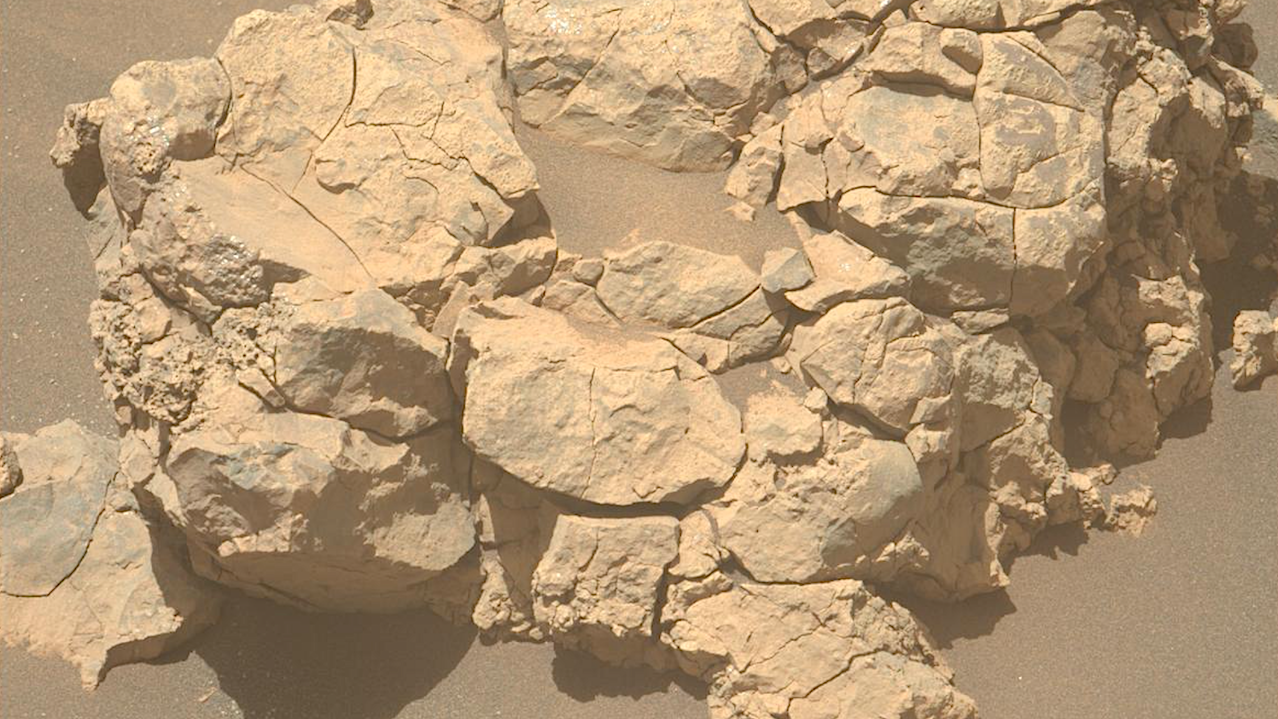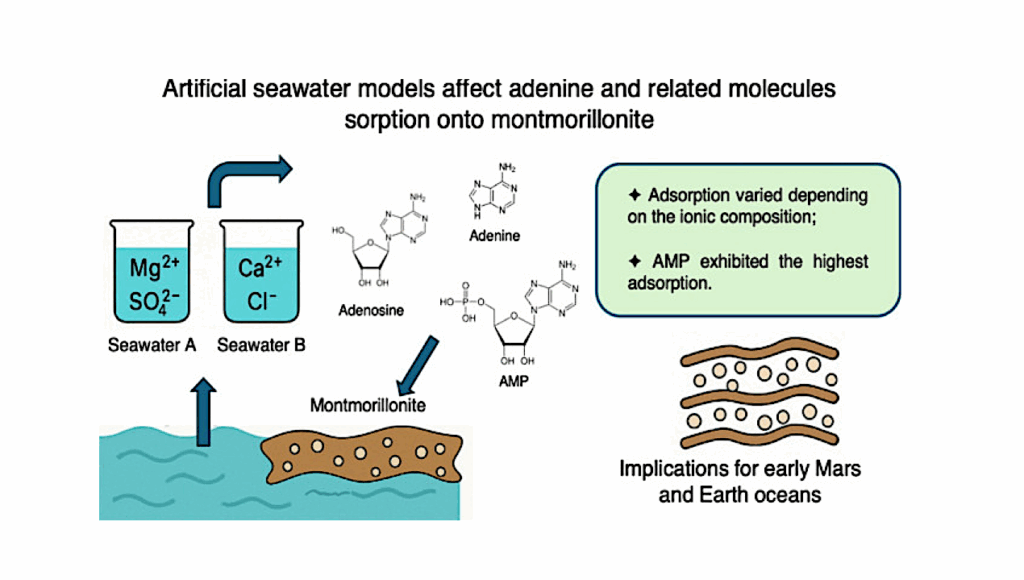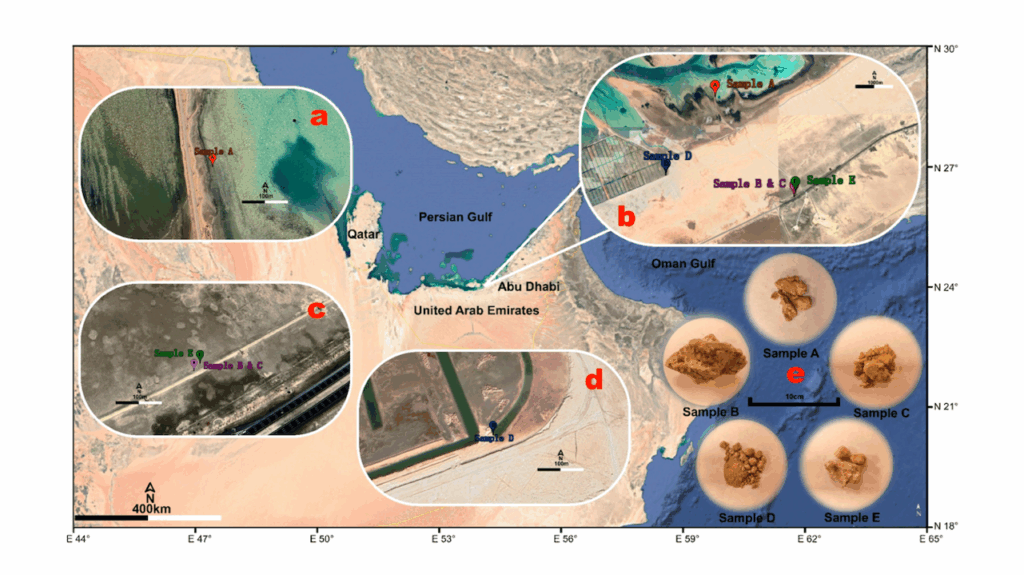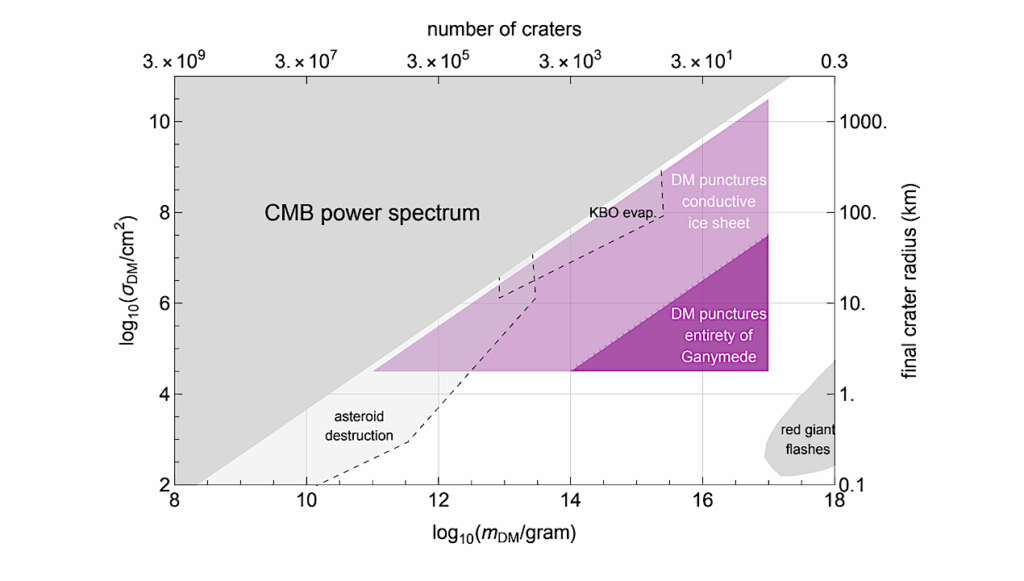A Rock On Mars Last Week As Seen By Mars Perseverance On Sol 1580

This photo was selected by public vote and featured as “Image of the Week” for Week 233 (July 27 – Aug. 2, 2025) of the Perseverance rover mission on Mars. Larger image
NASA’s Mars Perseverance rover acquired this image using its Left Mastcam-Z camera. Mastcam-Z is a pair of cameras located high on the rover’s mast.
This image was acquired on July 31, 2025 (Sol 1580) at the local mean solar time of 12:27:42.
Image Credit: NASA/JPL-Caltech/ASU
Astrobiology, Astrogeology,








